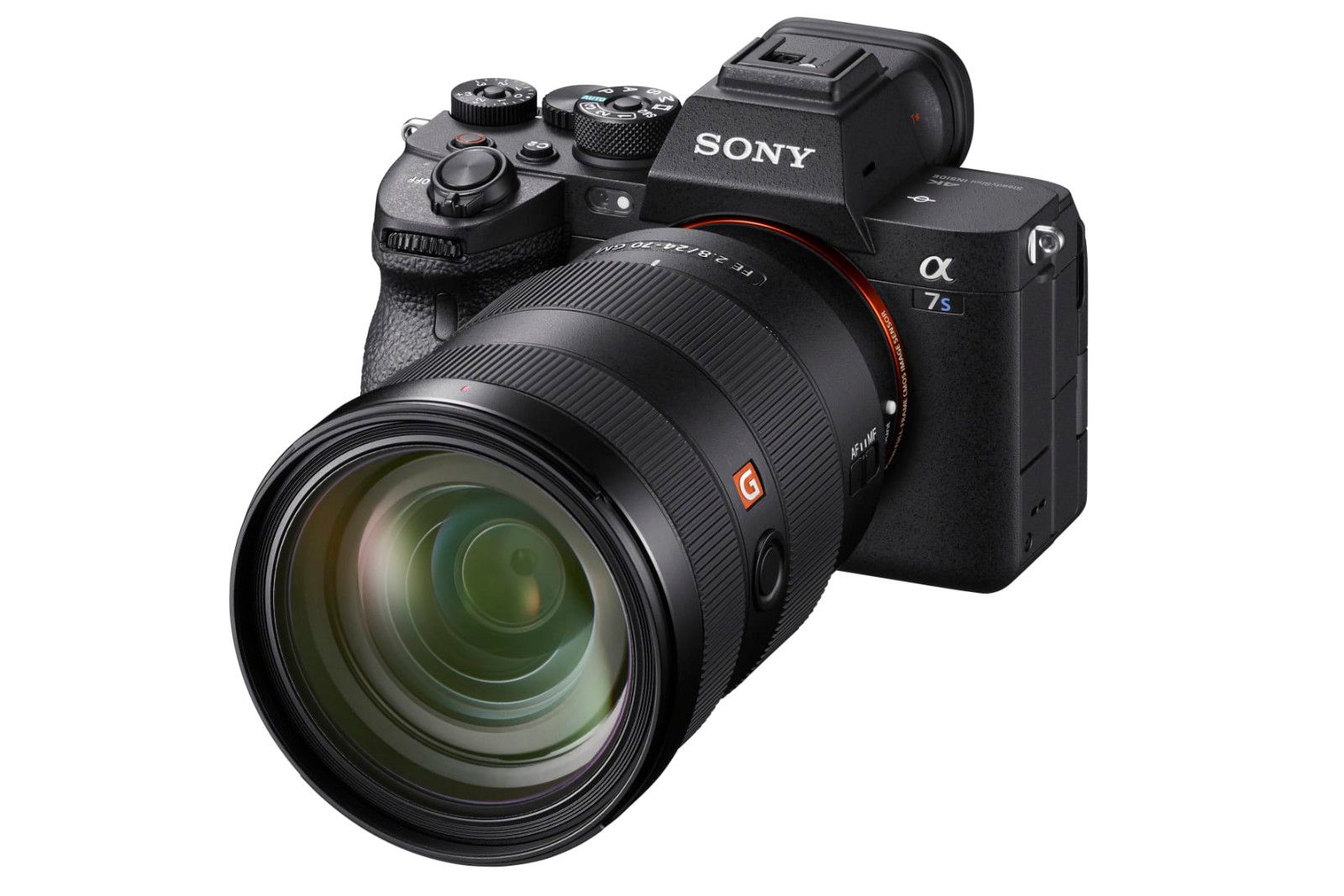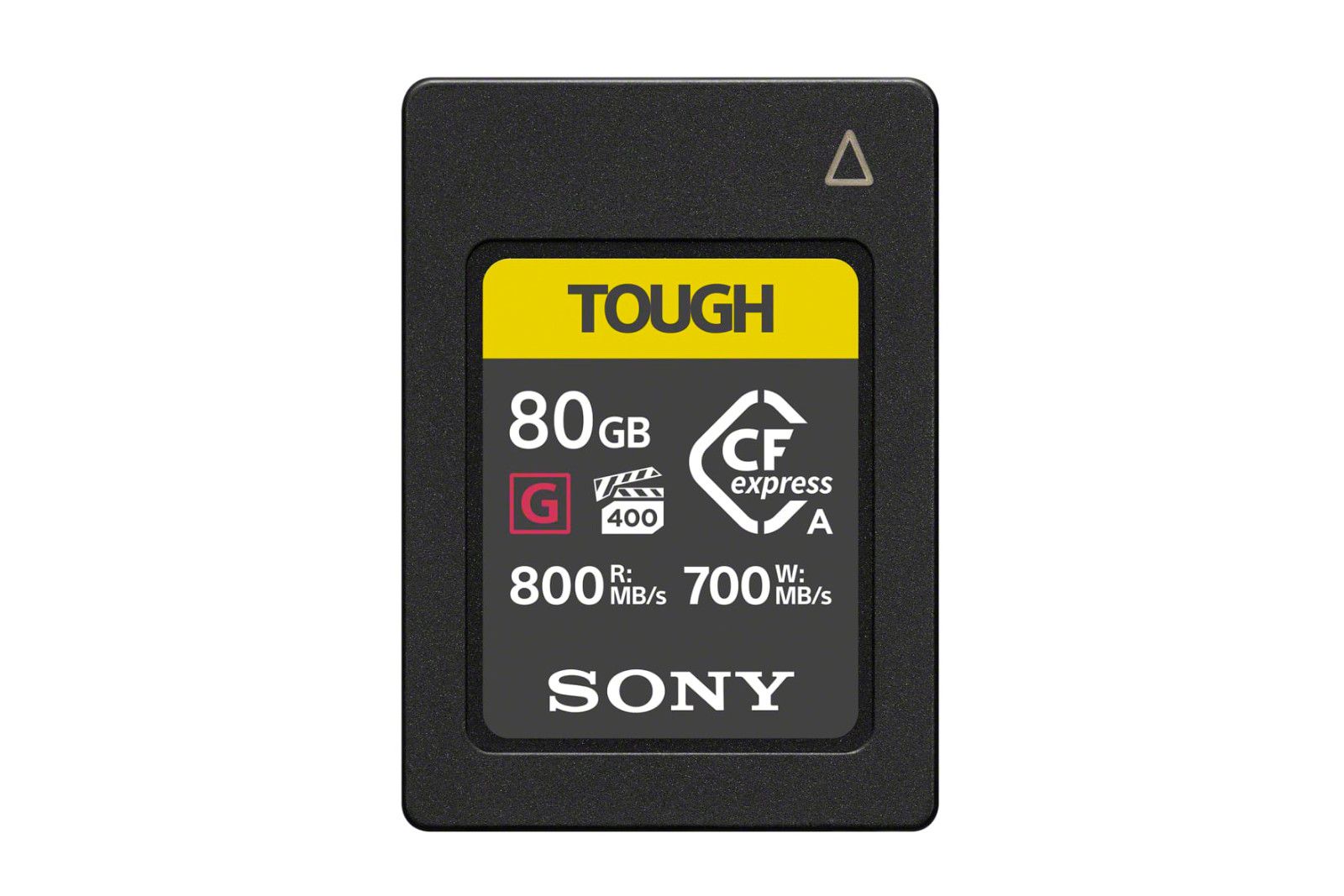Sony has finally delivered the answer to so many video-makers' prayers. Five years after it launched the last A7S full frame camera, the A7S III has been unveiled and it looks like an absolute beast.
When briefed about the new camera, Sony told us it has built everything from the ground up. When it comes to internals, hardware and performance, it's virtually all been upgraded to create what - on paper - looks to be one of the best run-and-gun cameras made so far.
It starts with the sensor, and in order to give us quality video capture, Sony opted for a 12.1-megapixel sensor. That ensures there are enough pixels for 4K video, but also means that those pixels are quite large and enable better light and colour capture than a higher resolution sensor might, and there's no pixel binning involved.
Sony says it's its best full frame sensor yet for signal to noise ratio, and that also means cleaner images in low light situations even with the ISO cranked up. The sensor itself is an updated Exmor sensor, called the Exmor R, and is backside-illuminated for faster readout speeds and combined with a new Bionz XR processing engine for faster overall processing performance.
Spec-wise, the A7S III in video mode has an ISO range of 40-409600 and is capable of 15 stops of dynamic range when shooting in the lower sensitivity settings.
The company also says it has improved rolling shutter performance as well, with as much as 3x improvement over the last A7S camera. That much much smoother panning, and fewer jitters when you're moving the camera.
As for recording quality, that's been upped too. 4K is the top resolution here, but you can shoot in frame rates all the way up to 120 frames per second at max resolution. For full HD that frame rate tops out at 240p. There is a slight 1.1 crop at the top 4K/120p end, however.
It has a plethora of resolution/bitrate/frame-rate options, but you'll be able to shoot them all internally on an SDXC V90 memory card on either or both of the SD card slots. The camera also supports a new kind of CFExpress card, which will launch alongside the camera.
The only recording mode that requires this CFExpress card is the highest quality slow-motion setting, but otherwise, everything can be shot on a V90 SD card.
As with most of Sony's recent cameras, it has market-leading autofocusing and tracking features. It has 759 phase-detection autofocus points, taking up nearly all of the sensor's available surface area, with an additional 425 contrast-detection autofocus points.
You can use the built-in, flippy-out touchscreen (yes it has one now), to enable real-time tracking on any object, but you can also switch it to track human or animal eyes.
When you do touch to focus, you can set the speed at seven different settings which means you can either program it to switch focus immediately or create a slow pull focus effect.
Other features worth noting include the redesigned buttons, which make the movie mode button more prominent on the top. There's also 5-axis IBIS to keep footage nice and smooth. There's even an electronic stabilisation algorithm that can save any movement/shake data captured by the internal gyroscope, allowing to more accurately stabilise footage in post.
For those worried about thermal performance, Sony has redesigned the heat dissipation system so that if you are shooting at 4K/60, you can get an hour's worth of filming done before it needs to take a break and cool down. In less intense modes, it can go up to 95 minutes.
For professionals who want to shoot HDR, it has 10 bit HLG shooting capability and supports HDMI 2.1 out, so you can hookup an external recorder like the Atomos Ninja V and shoot up to 4K/60 using that method.
The Sony A7S III will be available to purchase at some point in September this year, with prices likely to be around the £3,800/€4,200 mark for the body only.


